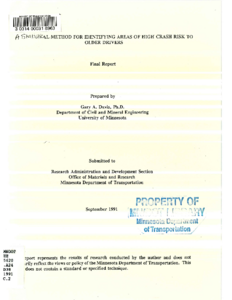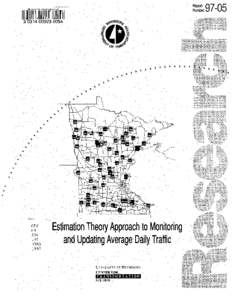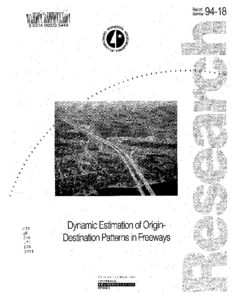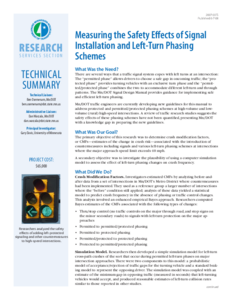Driver Comprehension of Flashing Yellow Arrows
Date Created
2023-12
Report Number
2023-42
Description
Implementation of WIM Data Analysis and Simulated Scenarios (Presentation)
Date Created
2014-12
Report Number
2015-18PP
Description
Criteria and Guidelines for Three-Lane Road Design and Operation
Creator
Date Created
2023-02
Report Number
2023-09
Description
Tool Instructions: Development of Guidelines for Permitted Left-Turn Phasing Using Flashing Yellow Arrows
Date Created
2015
Report Number
201527H
Description









